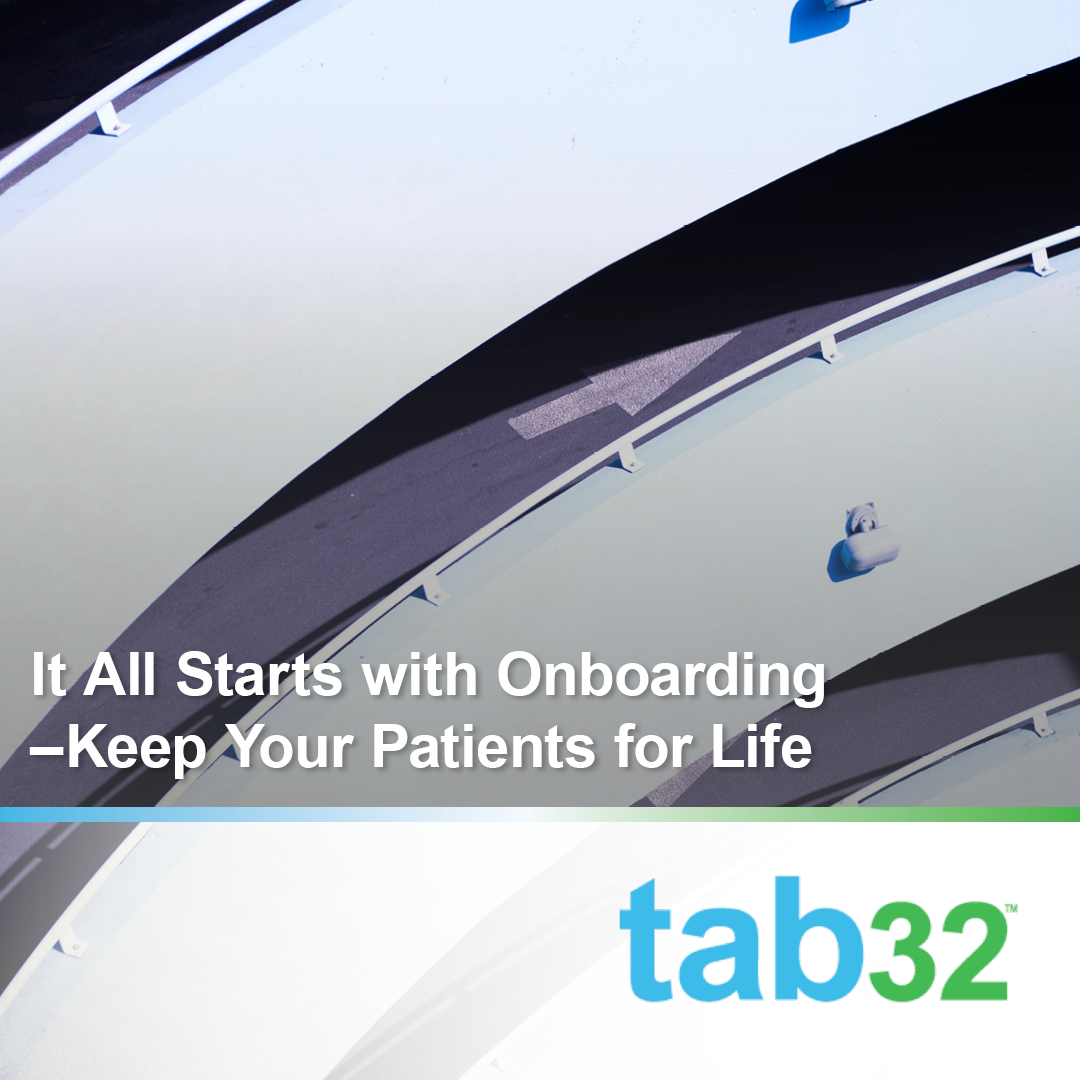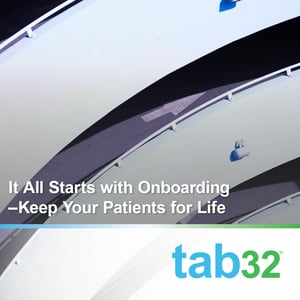
 This seems like a bell we just keep ringing, but we can't overstate how important it is to have and keep a good relationship with your patients. Competition for dentists means that in many areas, your patients can find a new dentist down the street from you in seconds. You don't want to give them a reason to even look! Most patients want to have continuity of care and a routine with their dentist. Some bargain hunters will hop from practice to practice to take advantage of new patient specials, but most don't want that hassle—especially families.
This seems like a bell we just keep ringing, but we can't overstate how important it is to have and keep a good relationship with your patients. Competition for dentists means that in many areas, your patients can find a new dentist down the street from you in seconds. You don't want to give them a reason to even look! Most patients want to have continuity of care and a routine with their dentist. Some bargain hunters will hop from practice to practice to take advantage of new patient specials, but most don't want that hassle—especially families.
Bringing in new patients is key to growing a practice, but if you can't keep the ones you already brought in the door, you'll have to work even harder to bring in more patients. And each one costs money. If you can keep your current patients, you won't have to spend as much on
One way you can build that relationship is to start it on the right foot. Getting the patients
What needs to be included in an onboarding process? Here are a few things to think about, and some creative ways to use technology to do it.
In a traditional office, patients are given a paper form to fill out to give the practice all this information. Once the patient has filled it out, office staff then either scan or manually type the information into the patient's record. This means that either the patient must come to the appointment early, or may even be "late" for their appointment filling out forms. Additionally, it takes more staff time to get the information into your system or the patient's file.
If the patient is part of a family, forms and information must be duplicated for each family member. More time! Not to mention that in most systems, families are not recognized for insurance and billing purposes. Another way these systems cost staff more time (and you more money).
With a good technology solution, these forms are available online. Patients can then fill them out at home before they come to the appointment or use a computer or tablet in the office to complete them. This saves the patient time and really saves your staff from the data entry.
This would include educating patients on your billing policies, basic recommendations, what to expect in the office, and even emergency contact information. There are several ways to communicate this information to new patients. But to really make sure patients get the information and understand it, and feel like you aren't just pushing them through an assembly, you'll need a process for these as well.
Traditionally, most practices hand new patients a stack of papers and tell them to read them, then sign an all-purpose release at the end. When they're rushed to get to the appointment, there's not going to be time to really let all that information sink in. If patients get a chance to read and understand, you benefit. Not only do they feel welcome, you don't have to have hard conversations later.
We recommend emailing all the information to patients either ahead of time, or after the appointment. This way you know they have it and they don't have to go home with a huge stack of papers that go right in the bin.
Using the right software tool allows you to set up an automated onboarding process or template to send out these important documents and information. A secure system will also give patients a way to ask questions or reply without more time in the office.
When working with new patients, there's a lot on the table when it comes to treatment plans. This is where they'll make the decision on whether you're trustworthy or not. You need to make a comprehensive case that shows them not only the treatment they need but a complete explanation of why. Not only is closing cases key to your business, but it's imperative to this new relationship.
Additionally, new patients need to be brought back a few times to cement the relationship. This is where a good recall system comes in. You'll want to get them scheduled and reminded to come back. The better you do at this step, the better your chance of keeping those patients long-term.
To really make a good impression, you need to show AND tell the treatment plan. A good software platform will help you make your case in a way that patients understand. Using good visuals can show patients what teeth, what needs to be done, and how you will complete the treatment.
At tab32, we've thought through all the processes and ways your practice uses software, including onboarding. Our range of communication and in-office tools give you comprehensive system for starting your new patient relationships on the right foot. Want to learn more? Contact us today for a free demo.
These Stories on Patient Engagement Software
No Comments Yet
Let us know what you think